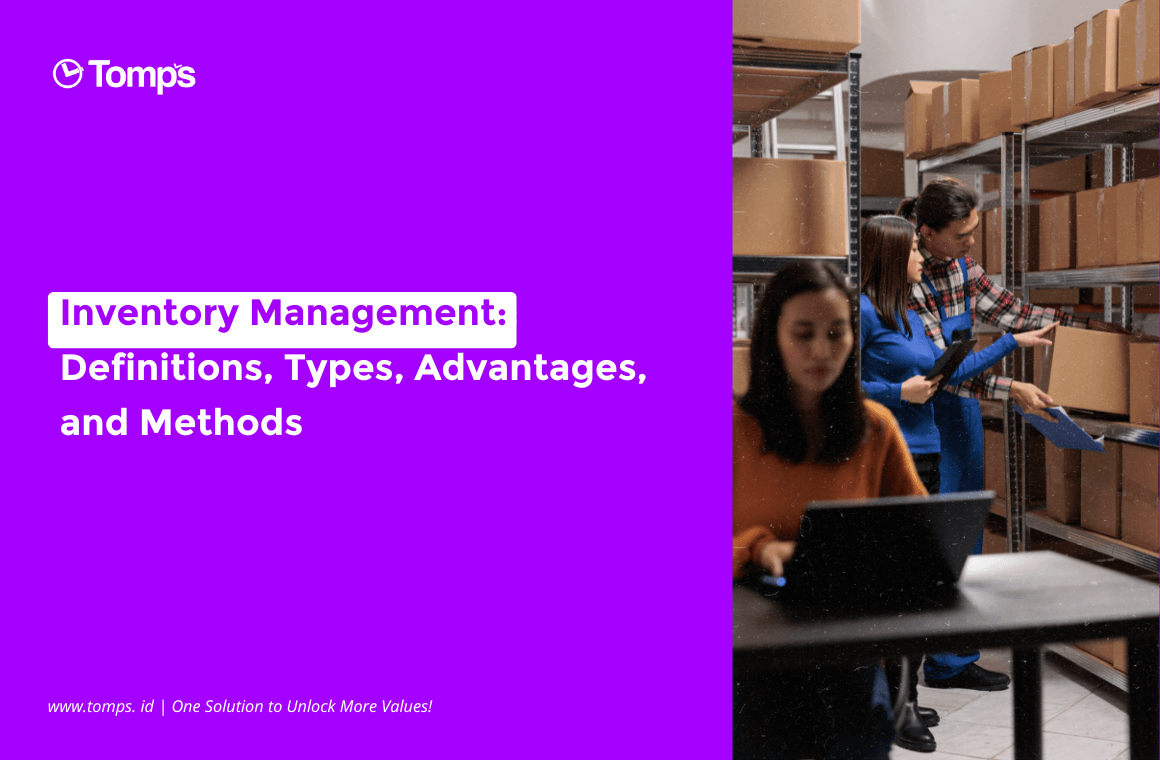In the rapidly evolving digital age, electronic document storage has become an essential element in various aspects of our lives, especially in the world of business and information management. Electronic document storage management is crucial as it has a huge impact on efficiency, productivity, and security in the world of businesses and organizations. By adopting good electronic document retention practices, companies can save time and costs by enabling quick and easy access to necessary information. Additionally, electronic document storage eliminates the need to store documents in physical form, reduces physical space costs, and supports sustainability efforts. Data security is also a priority with electronic document storage management, as sensitive information can be encrypted and accessed with limited permissions.
This article will take an in-depth look at electronic document retention, effective strategies for managing it, where it is stored, as well as how this concept connects with document retention management through the Tomps Project.
Explanation of Electronic Document Storage
Electronic document storage is a process that involves the practice of storing, managing, and maintaining documents in digital or electronic form. These documents can be in various types of formats, such as text, images, audio, video, spreadsheets, presentations, or even a combination of these formats. Electronic document retention practices are essential in a modern world that is increasingly dependent on technology and digitization.
In a broader sense, electronic documents can include almost anything that can be represented in digital form. This includes emails, contract documents, financial statements, medical images, legal documents, customer databases, and much more. The use of electronic document storage allows companies and individuals to manage their information more efficiently and effectively.
Electronic Document Storage Strategies
Using the right strategies in electronic document storage is the key to success in managing digital information. Here are some important strategies quoted from the vida.id article to help improve document storage efficiency:
1. Document Classification:
Classifying documents by type, importance and content is a very important first step in an electronic document storage strategy. This allows for a more structured storage structure. For example, financial documents, contract documents or project reports can be grouped in different categories. This will make it easier to find documents in the future as related documents will be placed in the same location.
2. Metadata Usage:
Metadata is additional information associated with a document and can help in searching and categorizing documents more efficiently. Metadata can include information such as document title, description, document type, creation date, and document owner information. By using metadata, users can quickly identify documents that match certain criteria, without having to open each document individually.
3. Document Retention Policy:
A document retention policy is an internal regulation that determines how long documents should be kept before being archived or deleted. This is important to comply with applicable laws and regulations. For example, financial documents may need to be kept for 7 years, while human resources-related documents may only need to be kept for 3 years. This policy also helps in avoiding unnecessary accumulation of documents and optimizing the use of storage space.
4. Limited Access:
Document security is a crucial aspect of an electronic document storage strategy. Ensure that only appropriately authorized people can access sensitive documents. This can be achieved by granting appropriate access permissions based on employee roles and responsibilities. For example, financial documents may only be accessible to the finance team or upper management.
5. Regular Backup:
Performing regular backups is an important step to protect documents from unexpected data loss. This can include daily, weekly, or monthly backups depending on the criticality of the documents. Backing up documents to external storage or the cloud is an effective way to avoid data loss due to hardware failure or malware attacks. Backups are also important in coping with emergency situations such as natural disasters.
Electronic Document Storage
Electronic document storage is one of the most important aspects of digital information management. Choosing the right repository can affect the accessibility, security and efficiency of managing these documents. Here is a more detailed explanation of commonly used electronic document storage options:
1. Cloud Storage:
Cloud storage services such as Google Drive, Dropbox, or Microsoft OneDrive are very popular choices in this digital age. The main advantages are high flexibility and accessibility. Documents stored in the cloud can be accessed from anywhere with an internet connection. This enables collaboration of geographically dispersed teams, facilitates easy document sharing, and allows automatic synchronization between different devices. In addition, cloud service providers usually provide strong security measures, including data encryption and configurable access control.
2. Local Storage System:
Some organizations may choose to store electronic documents on local servers or network storage devices (NAS). This option is often chosen when very high levels of security are required or when organizations have strict policies regarding the control of their data. By using a local storage system, companies have full control over their own storage infrastructure. This can support greater storage capacity and quick access to documents. However, it also entails additional costs for maintenance of the necessary hardware and infrastructure.
3. Document Management System (DMS):
Document Management Systems (DMS) such as SharePoint, Alfresco, or Dokmee are solutions specifically designed for electronic document management. They provide greater control over documents and their metadata. DMSs allow users to easily manage, index, and search documents efficiently. They also provide additional features such as automated workflows for approval and controlled document versions. A DMS is particularly beneficial in large business environments with a large number of documents and strict security requirements.
Tomps Project: Efficient Document Storage Management
Tomps Project is a concept that links document storage management with a well-organized folder structure and metadata. Here's how Tomps Project can help:
1. Display Project Information
In Tomps Project, each electronic document can be assigned metadata that includes project-related information, such as the project name, document format, number of items, and upload date. This information makes it easy to search and identify documents related to a particular project.
2. Grouping with Project Name
The initial folder in the document directory report in Tomps Project uses the project name as the initial grouping. This means that all documents related to a particular project are automatically grouped together in one dedicated folder.
By using Tomps Project, companies can organize and manage electronic documents in a more structured and efficient manner. This not only increases productivity, but also eases team collaboration and ensures compliance with document retention policies.
Reporting from a journal article that discusses strategies for implementing electronic document systems, the use of electronic records management applications brings a number of significant benefits. First, the program improves business efficiency by speeding up access and retrieval of archive information. Secondly, decision-making becomes faster and more accurate thanks to the ability to access archives in a timely manner. Thirdly, archive services are improved as the location of archives can be quickly identified. Fourth, the time required for archive staff to search for information is drastically reduced. Fifth, it facilitates the exchange of information between units or organizations as well as the reuse of archive information by other parties. Lastly, the program helps reduce costs and enables the provision of accurate, fast, and transparent information in accordance with authority requests and regulatory needs.
In an increasingly digitized world, efficient management of electronic document storage is essential. By implementing the right strategies and utilizing tools like Tomps Project, companies can optimize their document management, increase efficiency, and keep valuable information secure. Try Tomps Project now!
Reference:
Amrizal Amrizal. (2018). Strategi Penerapan Sistem Arsip Elektornik Pada Politeknik Pertanian Negeri Payakumbuh. Lumbung, 17(1), 1–9.
VIDA. (2020, June 5). 5 Tips Mengelola Data dan Dokumen Digital Secara Aman. Vida.id; Vida Digital Identity. https://vida.id/id/blog/post/5-tips-mengelola-data-dan-dokumen-digital-secara-aman







